Royal Navy mine warfare experts recently participated in Dynamic Move, a ten-day NATO exercise held at the Belgian Navy Academy in Ostende, Belgium, aimed at preparing allied forces to counter subsea threats and safeguard critical infrastructure, according to a press release.
The exercise, which tested responses to simulated drifting mines, underwater explosions, and drone attacks, involved over 140 mine warfare specialists working together in a high-pressure virtual environment.
The scenario, set in the Baltic Sea, allowed teams to practice rapid coordination and mine-clearing procedures essential for keeping vital sea lanes open.
Commander David Bryden, leader of the Royal Navy’s Mine Warfare Battlestaff, said the exercise was critical in ensuring readiness. “Effective coordination is crucial for the success of any mine counter-measures task,” he said. “The exercise has enabled us to thoroughly test our ability to cohere a large group of mine counter-measures forces for a challenging mission and practice our processes to make maritime areas safe from sea mines.”
Dynamic Move is part of a larger NATO effort to address growing threats to subsea infrastructure, such as pipelines and fibre optic cables, which are critical to national economies and security. The Royal Navy’s battlestaff, which can be deployed globally, brought expertise in engineering, logistics, meteorology, intelligence, and mine warfare to the exercise.
“The UK is bolstering its efforts to counter subsea threats alongside allies to defend critical national infrastructure,” the press release said, highlighting the strategic importance of the exercise.
Commodore Simon Kelly, Deputy Commander of the UK’s Strike Force, praised the value of the collaboration and advanced simulation technology used during the exercise. “It has been incredibly valuable to work alongside our NATO partners here in Belgium Navy Academy and see our Mine Warfare Battlestaff applying their expertise in this challenging, realistic scenario,” he said.
“The innovative use of simulation has brought the scenario to life and our teams have gained enormous benefit from the tempo and challenge it has offered.”
In addition to military personnel, several academics attended the exercise, offering training and insights on mine warfare legal aspects, amphibious operations, and media relations. Dynamic Move is held twice a year, with the next iteration scheduled for early autumn in La Spezia, Italy, where NATO allies will once again hone their ability to safeguard maritime security.
At the UK Defence Journal, we aim to deliver accurate and timely news on defence matters. We rely on the support of readers like you to maintain our independence and high-quality journalism. Please consider making a one-off donation to help us continue our work. Click here to donate. Thank you for your support!


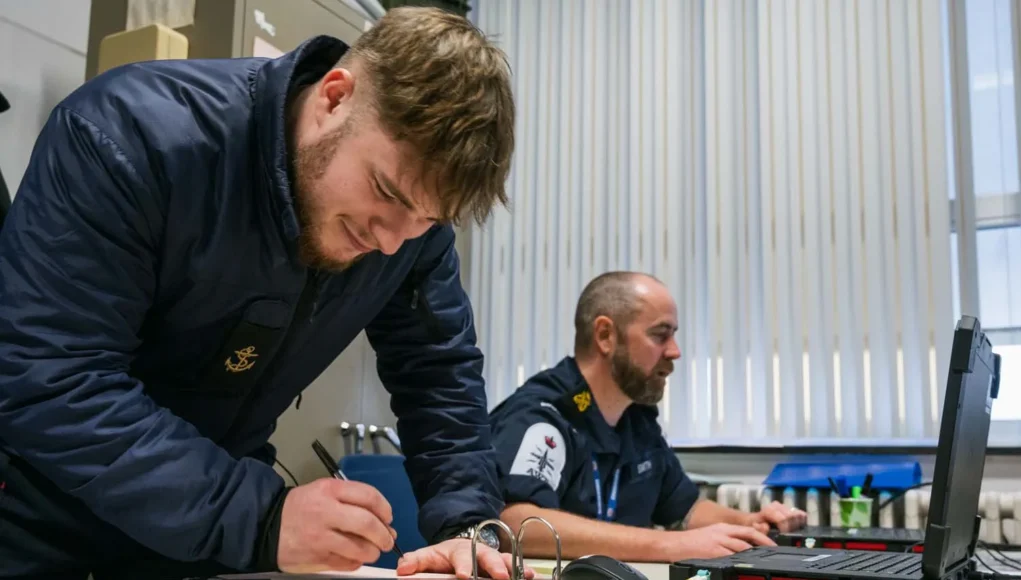
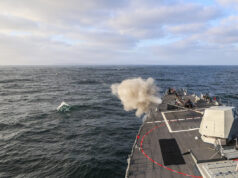
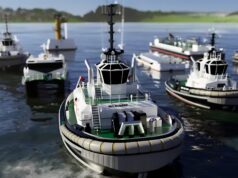
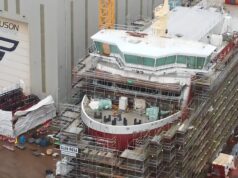
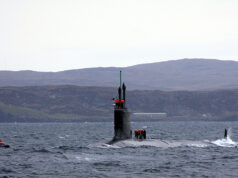
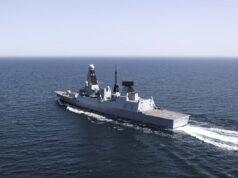

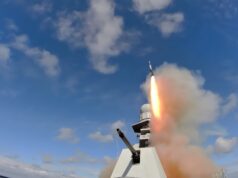
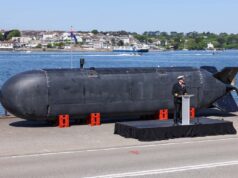
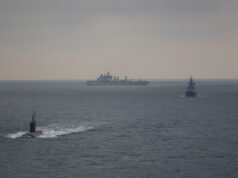
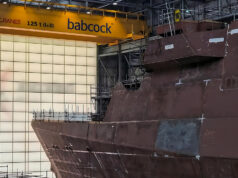

Note that no actual RN MCMV’s were involved – the 7 left (probably 6 or even 5 by the end of this year) are all needed in the Irish Sea and Arabian Gulf. As recently as the late 2000’s the RN still had the largest and most capable mine warfare flotilla of any NATO navy. Now, even for the largest and most important NATO exercises, all we can do is send over some HQ staff to observe and chip-in where possible. The only thing more embarrassing is the ever increasing use by the RN of P2000 patrol craft as stand-ins for large warships during training, arguably worse than the scandal a few years ago of the German Army giving recruits broomsticks to substitute as rifles.
This is a headquarters exercise, none of the participating countries sent any vessels.
Would have looked real strange if we turned up with a minehunter at an indoor paper simulation.
Lol. Nice one.
Given how relatively inexpensive it is to operate, I don’t understand why so much of our MCM fleet has been sold off before a proven and tested replacement is available in numbers. Nor why Belgium with a tiny coastline is buying 6 new motherships for autonomous mine hunters and we have just bought a second hand oil support vessel with an aspiration but no actual plan to buy 3 more new builds.
Another centre of gravity within our armed forces. Remove this capability and we’re in deep game over trouble! Just like our reliance on Brize for force projection – just like Lossie. Too few single points of failure. Still I’m sure those in main building know this and are looking to address the risk or have buried their heads in the sand.
Do we actually have enough MCMVs too make one MCM Squadron how many Hunts and Sandowns are left ?
Two years ago I was drinking with a whole cadre of sacked.mine warfare operatives.
I wonder why we want to mine the Baltic again.
It won’t end well because Russia is well within its rights to blow the ss Richard Montgomery to see if the theory is true that it will cause 1.5bn worth of damage to Londons glass.